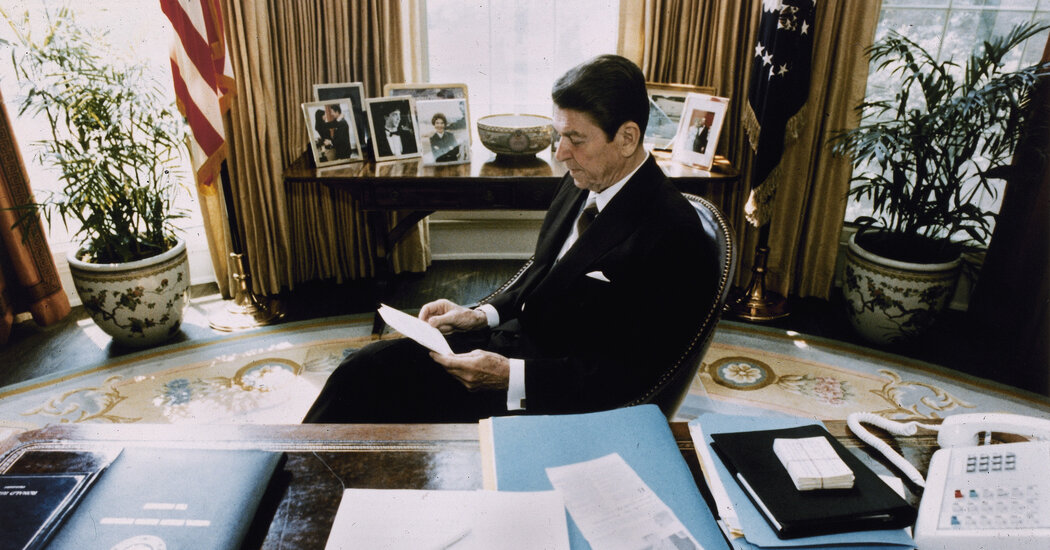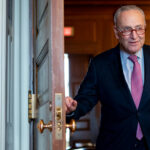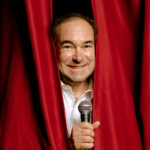
“It was a nasty, nasty fall, but Volcker stuck the landing to the point that many parts of the macroeconomic landscape could be changed and tilted toward prosperity and markets,” said Paul McCulley, an economist and senior fellow at Cornell Law School.
What would a full reverse Reagan economy look like over the next few years?
Over the course of 2022, inflation starts to fade. Consumers shift some of their spending back toward services and away from physical goods, corporate supply chain managers figure out how to adjust to whatever changes in demand prove permanent, and demand moderates as the Fed moves toward somewhat higher interest rates and Congress does not repeat its pandemic spending binge of the first half of 2021.
But, crucially, in the best-case scenario for Mr. Biden and the Democrats, the Fed doesn’t overdo it. Just as the Volcker Fed was able to achieve a simultaneous drop in unemployment and inflation in 1983 and 1984, the Powell Fed faces the delicate task of trying to bring down inflation while not acting so aggressively as to undermine further improvement in the job market.
The goal is to achieve something of a Goldilocks scenario for the economy by late 2022. In projections released this month, for example, the median Fed leader expected an unemployment rate of a mere 3.5 percent and 2.6 percent inflation in the final months of next year, with a strong labor market and gradually receding inflation continuing through 2024.
“If the Fed, through skill and fate and luck, gets this thing settled down in the next year or two, you can make a pretty strong case that the underlying progressive agenda, which is to deal with income and wealth inequality, could actually flourish,” said Mr. McCulley.
If that were to happen, it would be an economy in which the favorable aspects of the 2021 economy — workers empowered, wages rising, and so on — persist, while the high inflation that has overwhelmed those gains in the minds of many Americans fades.
It would be no easy task to achieve. History is littered with examples of the Fed raising interest rates to rein in inflation, only to cause a recession; indeed, it was a more common pattern than not in the decades immediately following World War II. In a pessimistic scenario, the inflationary forces that have taken hold will prove sufficiently profound that they won’t go away absent a recession.







